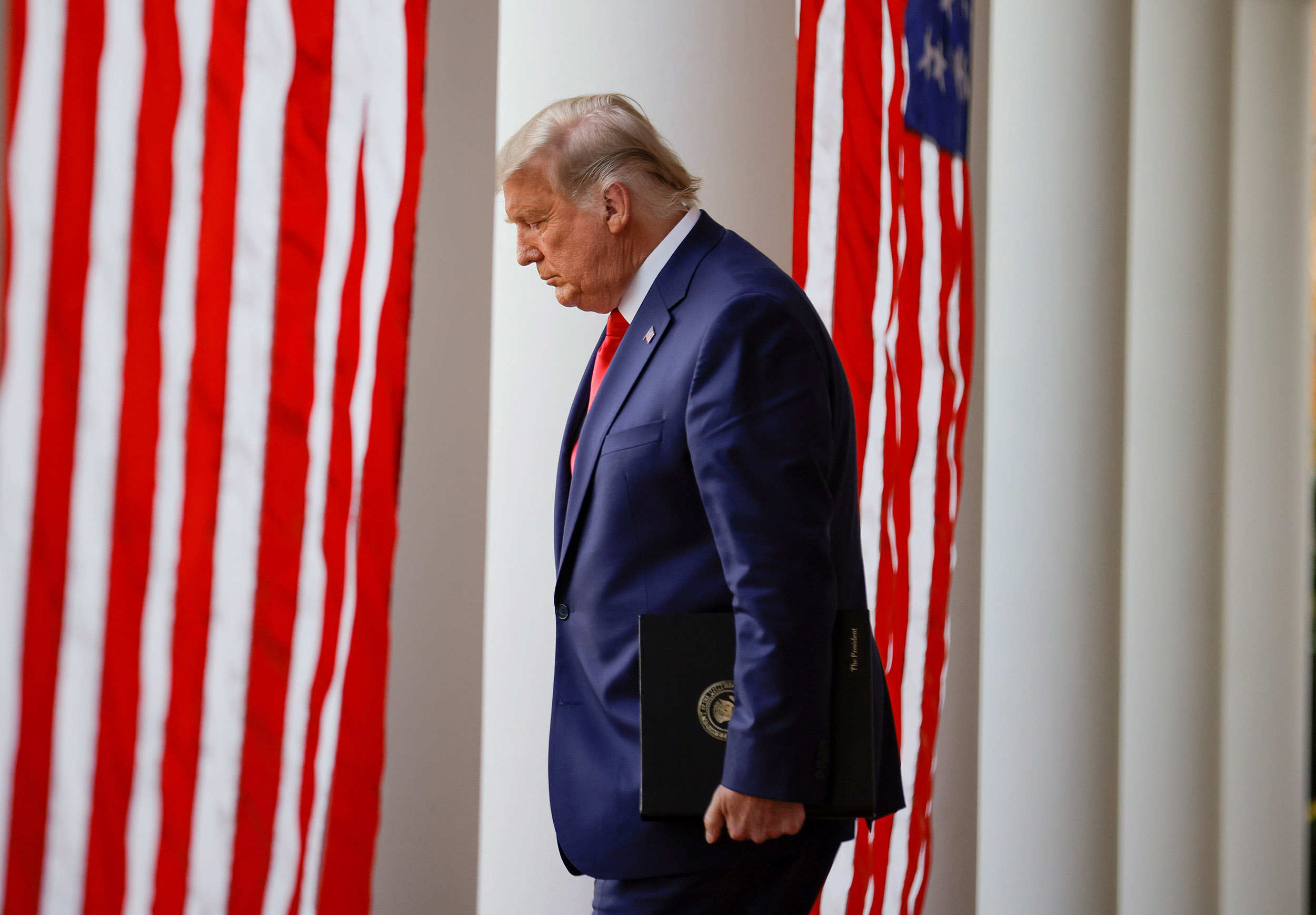
The House on Friday voted to join the Senate in approving a budget resolution that puts GOP lawmakers and President-elect Donald Trump on a politically fraught legislative path to eventually repealing and replacing the Affordable Care Act, President Obama’s signature 2010 health insurance program that currently insures more than 20 million Americans.
The 227 to 198 vote in the Republican-controlled House to begin the perilous process was motivated more by GOP lawmakers’ disdain for Obamacare and its soaring premiums and out of pocket costs than out of conviction their party has a far superior replacement plan waiting in the wings. Four committees in the House and Senate now must report back to the Senate and House Budget Committees by Jan. 27 with specific language for eviscerating key provisions of the law, including taxes, premium subsidies and mandates.
Then the GOP leadership must sell the final package to their members in the House and the Senate before holding final votes in the two chambers. But that, in the greater scheme of things, will be the easy part, since special budget reconciliation rules being utilized by the GOP will require a simple majority vote in the two chambers to pass the resolution.
The heavy lifting will come when the leaders must craft and sell a legitimate and workable replacement program to Republican rank and file as well as some moderate Democrats, whose support will be critical in pushing through a replacement plan without the reconciliation protections. Without reconciliation, it will take at least 60 votes in the Senate to adopt new health care legislation. Right now, the Republicans hold a narrow 52 to 48 majority, which is not nearly enough to work their will.
For all the Republicans’ brave talk about swiftly upending Obamacare and writing a replacement within days or weeks of Trump’s ascension to power, major legislative and programmatic surgery of this sort is proving extraordinarily challenging. That is becoming especially true amid growing fears that the GOP’s strong-arm tactics could foster chaos in the health insurance markets and ultimately strip millions of Americans of their coverage under Obamacare and expanded Medicaid.
Trump and House Speaker Paul Ryan (R-WI) this week said they would concurrently repeal and replace measures within the first 100 days (on the outside) of the Republican President-elect’s administration. Senate Majority Leader Mitch McConnell (R-KY) has been far more cautious, saying that Congress must first repeal Obamacare and then turn its attention to a replacement approach.
“Definitely there is a plan within the first 100 days to get moving on this legislation,” Ryan said Thursday night during his appearance on a nationally televised CNN town hall meeting.
“I believe we can and should have a system in this country where everybody can have access to affordable health care, including people with pre-existing conditions, no matter how much money they make,” Ryan said as he began what will likely be an uphill campaign to sell to lawmakers and their constituents. “That’s not what the [Obamacare] law is doing. This law is failing on this front, and I think there’s a much, much better system that could be put in its place.”
Yet even as an overwhelming number of GOP lawmakers in the House lined up behind Ryan on Friday to approve the budget resolution to get the repeal process underway, many voiced uneasiness that their leaders and Trump may be biting off more than they can chew without a clear pathway to a new law. “We just want more specifics,” Rep. Mark Meadows (R-NC), the chair of the arch-conservative Freedom Caucus, told The Washington Post yesterday. “We need to know what we’re going to replace it with.”
Nine Republicans broke with the leadership and voted against the budget resolution this afternoon, while the Democrats were united in opposing the measure.
The Democrats are accusing Ryan and others of leading Congress on a reckless mission to dismantle a system that has more benefits than flaws, and with no consensus within the GOP over precisely how to replace Obamacare.
“This is the problem with the exercise we are going through,” he added. “We are heading down a road with no final determination or destination. We’re going to repeal the Affordable Care Act, eliminating all of the protections that we have provided for 300 million Americans – expanded coverage, expanded guarantees and benefits and quality, and we don’t know what’s the alternative.”
“Waving around a bunch of papers does not mean there’s a plan—does not mean that the Republicans can say to the American public, ‘Here is what your health care is going to look like when we get finished with our repeal and replace.’ If we go down this path, we won’t have repeal and replace. What we will have is repeal and repent.”
The Republicans have spent the better part of six years attempting to upend the Affordable Care Act, but to this day they not developed an alternative that could gain the blessing of the vast majority of their members. Throughout the 2016 campaign, Trump floated a number of disparate proposals, including retaining some of the most popular features of Obamacare. Those include allowing children to remain on their parents’ health insurance plans until age 26 and barring insurers from discriminating against applicants with pre-existing medical conditions.
Ryan, meanwhile, tried to build interest in his “GOP Better Way” approach to health care reform last summer with a glossy document containing high concepts and a raft of proposals. However, a lot of the proposals were sketchy, and he offered no clues as to how many people would retain their health insurance coverage and how much the program would cost.
Ryan’s approach is similar to one that Rep. Tom Price (R-GA), Trump’s choice to be secretary of Health and Human Services, has been touting for years and that he converted into the Empowering Patients First Act. Price, an orthopedic surgeon, would start from scratch with a “patient-centered solution” and greater reliance on market forces than government intervention.
While there are numerous differences between the three approaches, all share at least five things in common that are likely to be retained when GOP leaders and health care experts turn their attention to the drawing board and produce a first draft of TrumpCare. Here are brief summaries:
State operated “high-risk pools.” Before the advent of Obamacare, older and sicker Americans who had trouble buying private insurance because of the prohibitive premium costs turned to states for assistance in purchasing more reasonably priced coverage in subsidized insurance pools. If Republicans repeal Obamacare, these older and sicker people likely will need help high-risk the states in finding relatively affordable coverage. Ryan and others are discussing providing states with at least $25 billion to help ease their financial burden. Some critics say the old system didn’t work very well, and that many of the insurance plans were inadequate.
Refundable tax credits for those without employer, Medicare or Medicaid coverage. Many conservatives have complained over the years that it is unfair that employer-paid premiums for health insurance are exempted from federal income taxes, while employees without coverage in the workplace must buy insurance themselves without the benefit of a tax write-off.
Ryan and Price are advocating a “refundable” tax credit that people of all income groups can use to buy coverage in the private markets. Premium payments could be directly written off individual’s income tax obligations. Low-income people who pay little or no federal income tax would qualify for a tax refund to help cover their premium costs. However, some analysts say that Price’s approach is far less generous than previous GOP proposals.
For one thing, there is no income test under Price’s approach as there is under Obamacare. Instead, the credit is adjusted for age, with older Americans getting the lion’s share of the benefit. The credit would provide $1,200 for someone 18 to 35 to purchase an annual policy, $2,100 for those 35 to 50, and $3,000 for those who are 50 and over. At a time of steadily mounting premiums and out-of-pocket costs, the Price approach would likely cover just a fraction of Americans’ annual health insurance costs.
Health Savings Accounts. These tax-exempt accounts are a fixture in many workplaces, and the Republicans would provide incentives to employers and employees to expand their use. The idea is to encourage workers to sock away money for unexpected or uncovered medical expenses throughout the year. Employers and individuals would jointly make contributions to the accounts. There were $34.7 billion in roughly 18.2 million HSA accounts last year, according to Forbes. And if the Republicans have their way, there will be plenty more.
Selling health insurance across state lines. This idea is one of Trump’s favorites, and he mentioned it frequently throughout the campaign. In effect, insurance companies could market their individual plans to consumers in any state as long as they are licensed in their home states and adhere to their home-state regulations.
However, The Wall Street Journal has reported that Trump’s interstate insurance marketing plan is meeting resistance from state insurance regulators, the health insurance industry and independent health care analysts who say the approach has been tried before on a limited basis and has many shortcomings.
Converting Medicaid to a block grant program. The future of federally-funded Medicaid programs for the poor could be very much up in the air, like Trump, Ryan and Price all are pressing for major reforms and savings. The proposal would allow states to choose whether to continue to accept federal Medicaid funding as a per capita cap or to take it as a block grant – and then exercise control over how the money is spent.
Although the fiscal impact of the change is far from clear, some analysts say that the federal funding would be far below current levels. And Republican governors and state legislatures would be likely to tighten regulations for qualifying for coverage.









Comment:I wish Nigerians will copy from the US.